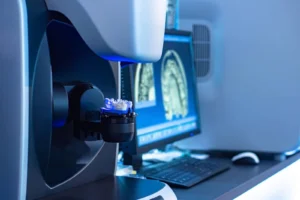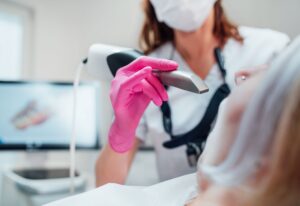Digital Dentistry

- View Category: Digital Dentistry Digital Dentistry
Time as Capital: Measuring the True Cost of Chair Time
In modern restorative dentistry, precision is often measured in microns. But when it comes to practice performance, the most important measurement may...

- View Category: Digital Dentistry Digital Dentistry
The Passive Fit: Why Accuracy Starts with Photogrammetry
In full-arch and multi-unit restorative dentistry, the difference between success and complication often comes down to one word: passivity. A passi...

- View Category: Digital Dentistry Digital Dentistry
The Hidden ROI of Predictability
Every practice measures success in different ways: patient satisfaction, case outcomes, or production volume. But beneath those metrics lies a factor ...

- View Category: Digital Dentistry Digital Dentistry
What PVS Still Gets Wrong (and Why It’s Time to Move On)
Polyvinyl siloxane (PVS) has been a staple for dental impressions for decades. Known for its stability and detail reproduction, it improved on older i...

- View Category: Digital Dentistry Digital Dentistry
The Real Cost of a Digital Impression Scanner and Why It Pays for Itself
Intraoral scanners have changed the way modern dental practices operate. They deliver faster impressions, fewer remakes, and better patient communicat...

- View Category: Digital Dentistry Digital Dentistry
Photogrammetry and the Value of Going Digital in Complex Cases
In full-arch implant dentistry, precision is not a luxury. It is a non-negotiable. As cases grow more complex, the need for accurate data and efficien...

- View Category: Digital Dentistry Digital Dentistry
What Makes a Good Lab Partner in the Digital Age?
In a digitally driven dental practice, lab relationships matter more than ever. Today’s restorations rely on precision scans, digital communication,...

- View Category: Digital Dentistry Digital Dentistry
Why Digital Impressions Are the Future: Comparing PVS vs. Intraoral Scanners
For decades, polyvinyl siloxane (PVS) impressions have been the standard for capturing dental impressions, but with the rise of intraoral scanners (IO...